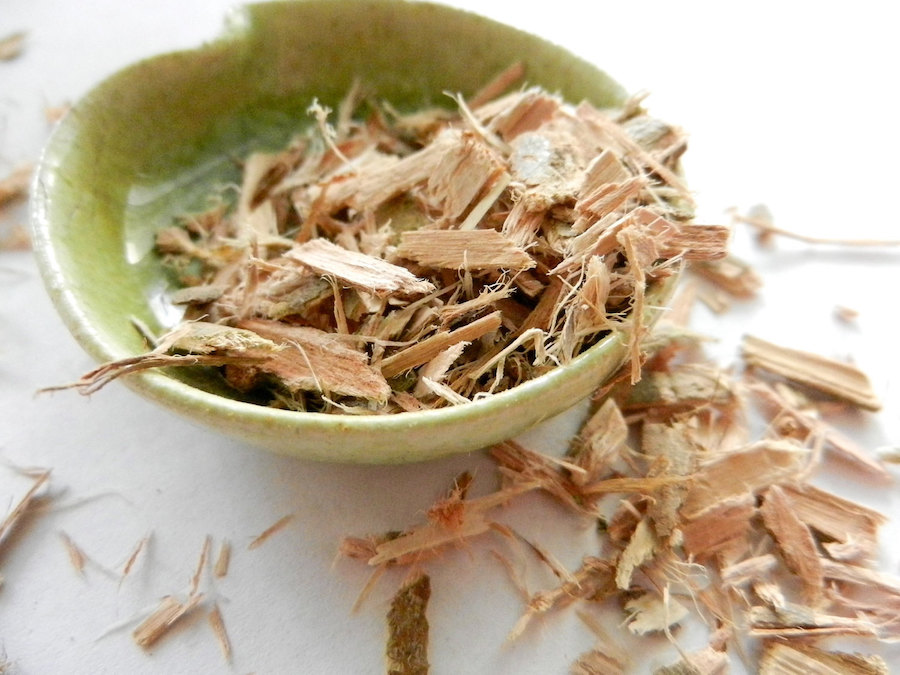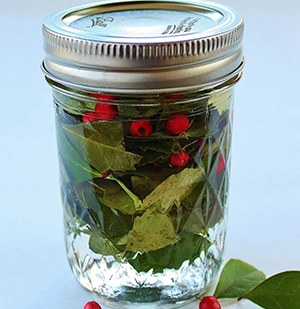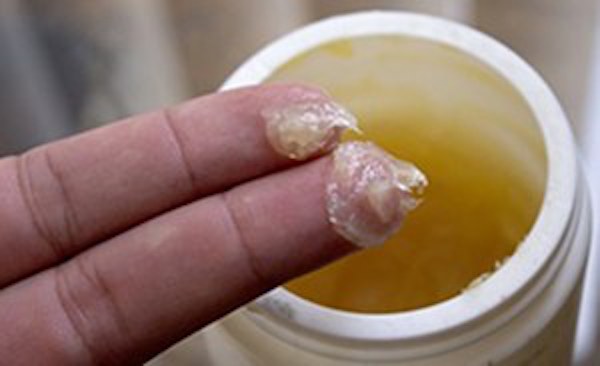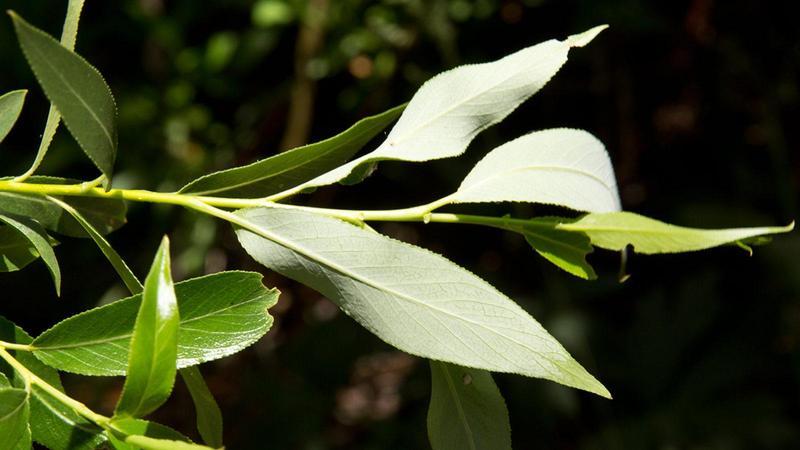This Plant is a Powerful Natural Painkiller. Here is How to Use It
This Plant is a Powerful Natural Painkiller. Here is How to Use It
Salicin, is a naturally occurring compound found in the bark of Willow trees, most famously the . Salicin was originally used as the starting material in the creation of commercial Aspirin or acetylsalicylic acid. Today the process is synthesized on an industrial scale, but the analgesic effects of man-made aspirin, can be created naturally. In our bodies salicin is metabolized by the liver to salicylic acid. It is the salicylic acid, which acts in a similar way to commercial Aspirin.
There are a lot of advantages to using ‘natural aspirin’ or salicin. Firstly, because it doesn’t become ‘active’ until metabolized by the liver, it is less irritating to the gut. Secondly, it bypasses the mechanism that makes acetyl salicylic acid (Aspirin) prolong blood clotting. Thirdly it might be a little less potent in its analgesic effects, but it is longer lasting.
White Willow Bark and Salicin

Salicin can be used as a general analgesic. It’s good for headaches and back pain and when used in the natural form, from the plant, it also contains natural anti-inflammatory agents called flavonoids and polyphenols, which are helpful with inflammation, including arthritis. The ancient physician, Hippocrates, suggested willow bark as an effective remedy for gout and rheumatic diseases.
Salicylates (of which salicin is a type) are found in willow trees of which there are over 300 species, but each has differing amounts of salicin. In fact that make it useful as an analgesic and anti-inflammatory. However, saying that you can use other types of willow, such as Black Willow, which is a particularly good antispasmodic (and also an aphrodisiac).
How to Use Natural Aspirin: Salicin

You can get at the active ingredient, salicin, in a number of ways:
As a tea infusion: Take a handful of White Willow bark and chop up as finely as possible. Add it to about 8 ounces of water per teaspoon worth of bark. Boil this up for about 10 minute, then leave to steep for 30 minutes. It should go a red color. Strain the liquid – this is your tea. You might want to add some honey or other flavoring, as it’s a little bitter to taste. You’ll need a few cups to get the equivalent of a couple of commercial aspirin tablets, but remember the effects last longer.
Chewing the bark: In the past, people would chew directly on the bark of the white willow to get the effects of the salicin.
As a bath: Put a handful of chopped up bark into a muslin (or similar cloth) bag and place into a warm bath. Bath in the water to help with rheumatic joints. Repeat the baths twice a week until you feel the benefit. Note however, that if you start heart palpitations get out.
How to Use Natural Aspirin: Topical Oil of Wintergreen

You can make a tea out of Wintergreen leaves, by infusing in hot water. In fact this used to be served up to the troops during the revolutionary war. However, it can also be toxic in high doses, so it’s always best to err on the safe side and use it topically.
You can extract methyl salicylate from the leaves of the wintergreen plant in two ways:
The hard way: Chop the leaves and add to a small amount of warm water. Then using a mortar and pestle, break the leaf tissues up releasing the chemical. You then have to steam distillate the resultant mixture, so it’s not an easy process to perform at home.
The easier, but less effective way: Chop up the leaves and add to a small jar. Add some alcohol, ideally a tasteless one such as vodka, to the jar and shake. Shake the mix, once every two days over the course of a month.
Oil of Wintergreen Balm Recipe

A Wintergreen balm is a good topical treatment for aches and pains. You can make a usable balm based on petroleum jelly by mixing in a variety of oils (including Wintergreen). I’ve made some suggestions below, but you can mix and match them, as you like as long as the main active ingredient containing the analgesic, aka Wintergreen, is added.
Mix the following oils together:
Wintergreen – about 45ml
Camphor oil – about 10 ml
Lemon – about 5 ml or
Eucalyptus oil about 5 ml
Other herbs that go well in a pain relieving balm are:
Cayenne pepper (pain killer and – the best natural first aid)
St Johns Wort (anti-inflammatory)
Calendula (Marigold, anti-spasmodic and anti-inflammatory, I’ve also used this as a balm on infected soft tissue and it worked a treat)
To make the balm: Warm the petroleum jelly until it is very soft/almost melted. Mix in the oils and herbs and leave to set.
Other Recipes and Uses of Willow
The famous herbalist, Culpepper, writes about the Willow tree and its uses in his book that, you can use the seeds, bark and leaves to stop bleeding. He suggests you use a decoction of the plant in wine. A decoction can be made by mashing up leaves, or bark, of the tree, and then boiling in water for about 15 minutes. You then add a few teaspoons to the wine.
Culpepper also suggests using the ashes of the willow tree to treat warts. He says to mix the ashes with wine and place on the wart.
Be the first to post a message!
